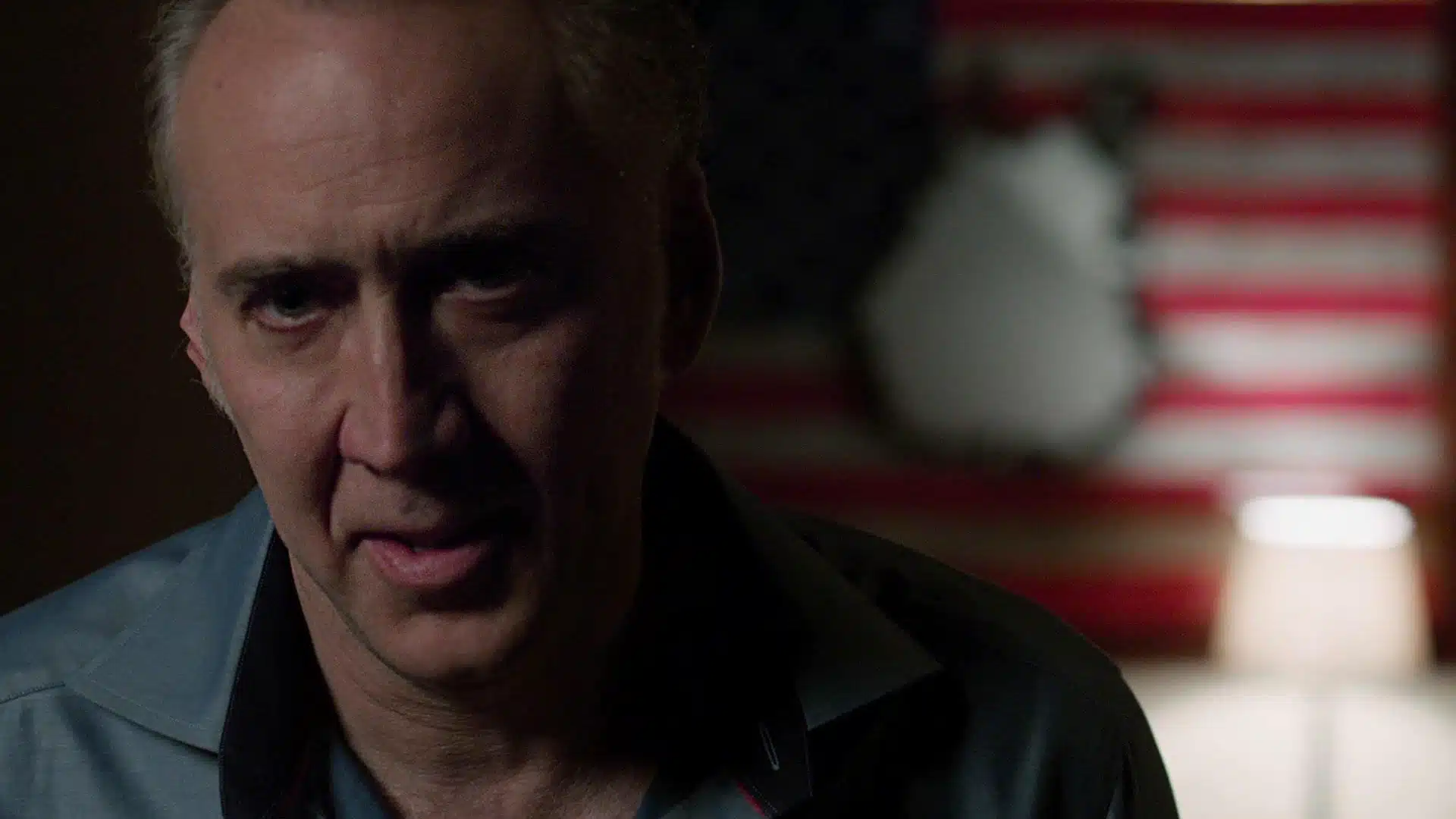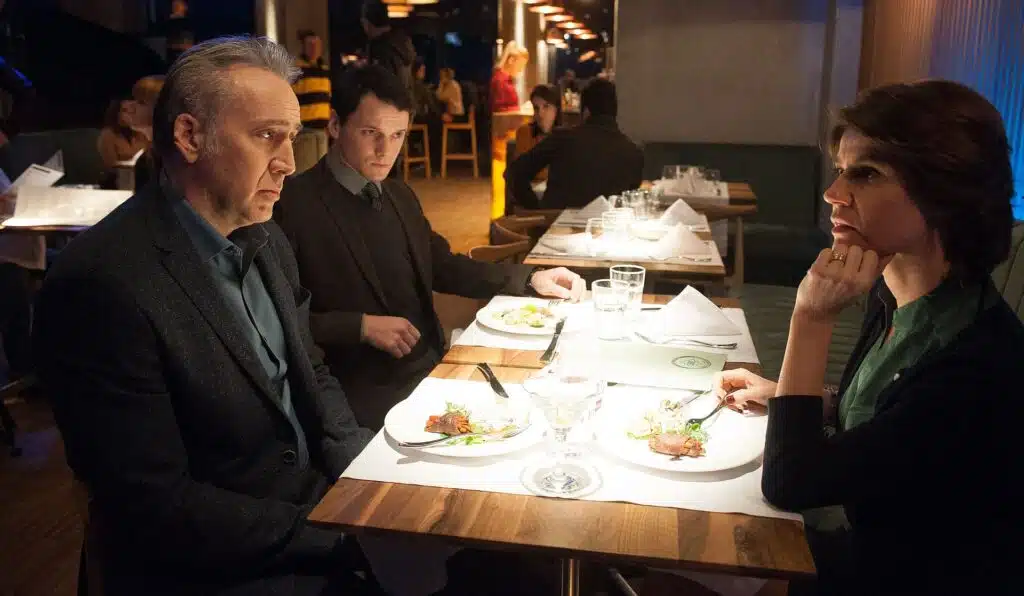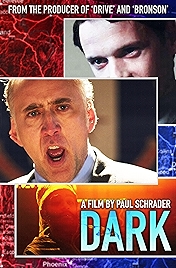Dark is writer/director Paul Schrader’s cut of Dying of the Light, the 2014 spy thriller that was taken from him, re-edited, de-kinked and reworked into something more akin to what the studio wanted – a Bourne movie.
Schrader was not happy about it at the time and you might remember him, his stars Nicolas Cage and Anton Yelchin and executive producer Nicolas Winding Refn all posing for pictures in matching T shirts bearing the “non-disparagement” clause in their contracts, which prevented them from saying anything bad about the movie. Point made, point taken.
Originally Refn had been meant to direct the film, with Harrison Ford starring and Channing Tatum in the Yelchin role. But eventually, largely because Refn had gone off to make Drive, Schrader took over the direction of his own screenplay with Cage and Yelchin now on board.
The plot, then as now, remains the same. Cage plays Evan Lake, a veteran CIA guy diagnosed with frontal temporal dementia who is on a “one last job” rogue assignment to catch the Islamist terrorist who brutally tortured him decades before. The terrorist, Muhammad Banir (Alexander Karim) is now holed up in Mombasa, Kenya, and mortally ill with thalassaemia, a blood condition requiring special medication. It’s Banir’s sourcing of this medication that allows Evan Lake to track him down. But, in classic race-against-time fashion, will Lake get to the physically compromised Banir before his own mentally compromised state forces him to abandon his mission?
Read that dysfunctional mind as a metaphor for American imperialism – what Gore Vidal once called the “United States of Amnesia” – an idea Schrader pursues even less fully in this reworking than in the original film. However, a straightforward compare and contrast of the original movie with Schrader’s version – like I did just there – is not the way to approach this cut. As Schrader makes clear in the written intro tacked on at the beginning, Dark is meant to give an idea about how Schrader’s own vision for the film might have looked. It’s not the vision itself. Schrader was working from DVDs of the working print, not hi-def finished material, and his film comes in at 1 hour 14 minutes, a good 20 minutes shorter than the original.
There is stuff missing, in other words. But we do get a good idea of where Schrader was going and that he was right to be incensed when he lost control of the film. From the evidence on display, Schrader’s approach was to be much more subjective, much less a Bourne movie than Bourne distorted by the consciousness of a man losing his mind. What’s more it’s a character played by Nicolas Cage – an adept at handbrake-turn emotional swings – who’s losing his mind.
A kaleidoscope of moods and impressions is the idea, with Schrader, DP Gabriel Gosuth and editor Benjamin Rodriguez Jr collaging together a movie as if from fragments. There are sudden cutaways, abrupt changes in point of view, uneven colour grading, a slight jumbling together of the timeline, with aggressive jump cuts adding to the sense of something falling apart. The sound design also gets the treatment – it’s echoey, off-kilter. And as for soundtrack, Frederik Wiedmann’s insistently rhythmic original score has been junked. It was the most obvious indicator that the producers were after a Bourne-style thriller. Instead (and there is no indication who it’s by) something more angular and ambient.
It all works. It is all of a piece. Is it a better movie though? I suspect it would be with a little more material for Schrader to work with. It is certainly less bad, which isn’t quite the same as saying it’s more good. It’s still a touch slow, a touch talky for a thriller. And, at bottom, not an awful lot happens. Lake tries to find his man, he finds him, they have that chat that hunter and hunted have – the one where they decide they are a lot more alike than either thought – and then it ends. Far far less conclusively than the original film but in many ways a lot more satisfyingly. If you saw the original film and wondered what the hell had happened (as I did), this at least does answer that question.
I am an Amazon affiliate
© Steve Morrissey 2023


